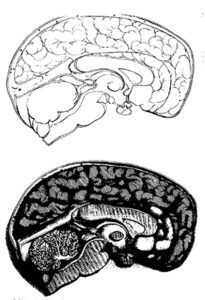It has been a tremendous privilege serving as elected trustee of the World Federation of Neurology (WFN). In my current roles as WFN trustee, chair of the WFN Education Committee, and editor of World Neurology, I am indebted to this organization and the opportunities it has provided me to help achieve its mission to foster quality neurology and brain health worldwide via the promotion of global neurologic education and training.

Steven L. Lewis, MD
My initial involvement with the WFN occurred coincident with my appointment by the American Academy of Neurology (AAN) as editor-in-chief of Continuum. This joint program of the WFN and the AAN (and its publisher Wolters Kluwer) provides print and online access to Continuum to user groups from more than 40 neurological societies from low- and lower-middle income countries. I have appreciated being involved as our two organizations work closely together to provide this resource for participants who would otherwise be unable to obtain it, including recent and ongoing collaborative efforts to improve and enhance this important global educational program.
As WFN trustee and as chair of the WFN Education Committee for the last six years, I have become integrated into the critical workings of this organization in education, training, and practice of neurology around the globe. I have learned so much from our talented staff, my esteemed colleagues on the many WFN committees and related organizations, and all of the co-trustees up to the president(s) whom I have been so privileged to work with. Their knowledge and expertise have been invaluable in my continued personal development and improving my effectiveness to our organization. In my additional role as World Neurology editor, I have had the privilege to help report on news about neurology and neurologists worldwide, a role that I cherish continuing as well as honing.
In my roles and experiences with the WFN, I have continued to meet so many remarkably talented neurologists worldwide. I continue to be impressed by the similarities among us all, despite differences in resources and access to care within and between regions. If re-elected as trustee, I look forward to continuing to help the WFN achieve its mission via continued partnership with national, regional, and international neurologic societies and disease-based organizations, and the WHO; optimizing our current regional teaching centers for neurologic training—now four African training centers and one in the Americas, with plans for other region(s) as well; growing our department visit programs, which have recently included wonderful partnerships with many European countries for African trainees, and one in the Americas for South American trainees; increasing awareness of travel and research grants for young neurologists from low- and lower-middle income countries; and continuing to react quickly to novel regional or global neurological issues or threats as they arise.
I would be honored to be re-elected as WFN trustee, and if so, I pledge to continue to faithfully serve our delegates and member neurologists for the mutual goal of improved neurological access and the highest quality of neurology and neurological health worldwide.








